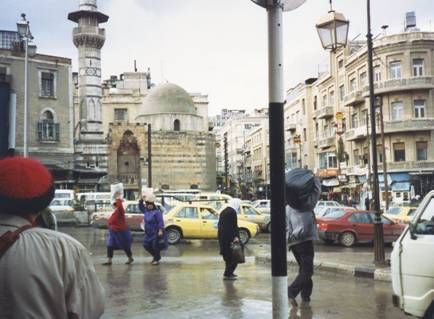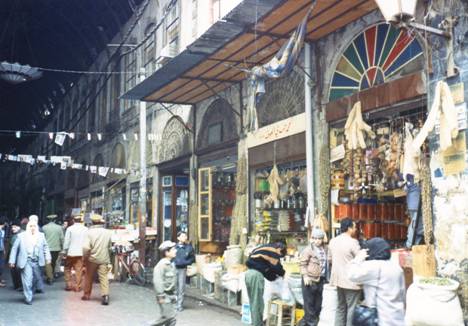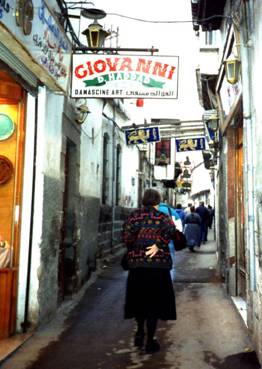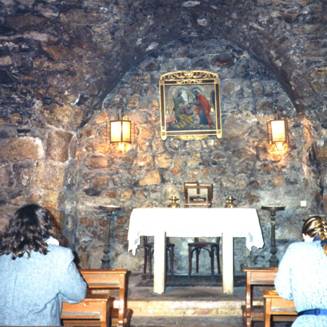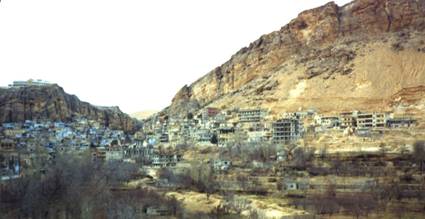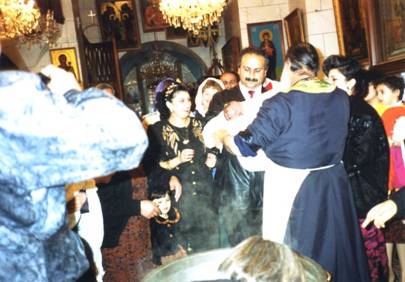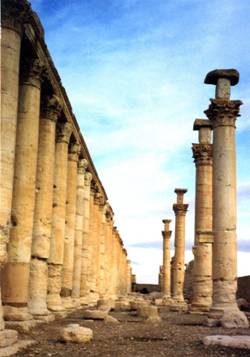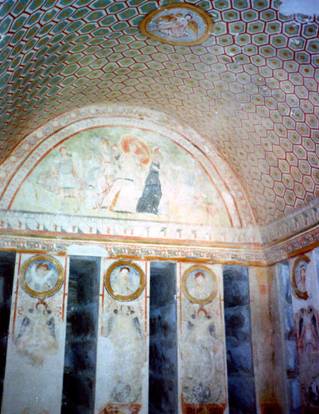REMEMBERING SYRIA
REMEMBERING SYRIA
Nancy B. Detweiler, M.Ed., M.Div.
While looking through my Middle East photos, I came across some of Syria and felt a surge of sadness wondering what is left of this war-torn, ancient country with all of its historical sites. Considering the massive destruction of Syria and its people that we see on television, I want to share a portion of the important role this country has played in our religious history.
Although Syria was the country in which our tour group appeared to be closely observed by the man assigned to ride with us on the bus and we had a scary evening in a restaurant one night, the Syrian people were very kind. I think our seminary professors who could speak fluent Arabic were frightening enough to the Syrian officials that they were uneasy about us being in the country—were we spies using the guise of a touring seminary group?
Damascus – January 1993
While exploring downtown Damascus, some of us got lost from the rest of our tour group and the bus. A strange man, who spoke English, offered to help us find the bus. He walked many blocks with us before we found our group. I’ll never forget his kindness because being lost in a strange, bustling city in which you do not speak the language is definitely not fun. His kindness touched our hearts.
Shopping area in Damascus
A Street Called Straight
Acts 9:11
On the Street Called Straight, we visited Giovanni Art Shop in which I purchased a hand embroidered with silk thread white table cloth and napkins. Several of us went in together and purchased a quite expensive piece of white silk material hand embroidered with gold thread from which we had a seamstress make our ministerial stoles. I love using these items in my home and was always proud to wear the stole as a minister. They remind me of the people of Syria and the kind hospitality we experienced there.
Hanania Chapel built over the ancient site where Ananias healed Saul of his blindness.
Acts 9: 11-25
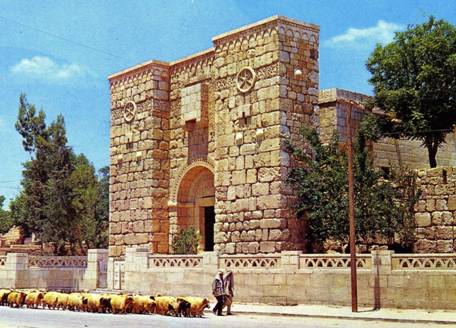 A postcard picture of the Damascus wall over which Saul was lowered in a basket by some of his followers to prevent his death.
A postcard picture of the Damascus wall over which Saul was lowered in a basket by some of his followers to prevent his death.
Acts 9:25
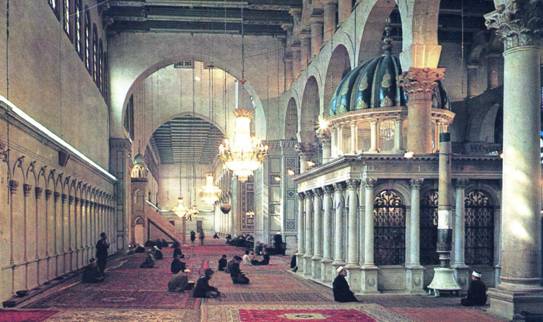 Ummayad Mosque Prayer Hall – Damascus
Ummayad Mosque Prayer Hall – Damascus
Village of Ma’aloula – where the Aramaic dialect spoken by Jesus is still in use.
An infant baptism in Ma’aloula
While touring Ma’aloula, we entered one of the churches not knowing that an infant baptism was in progress. When the parents saw us, they invited us to join them and treated us like invited guests. I get tearful remembering that momentous day for this Syrian family and their eagerness to share it with a group of seminarians.
Ancient ruins of the city of Tadmor in Palmyra – built by King Solomon.
I Kings 9:18, II Chronicles 8:4
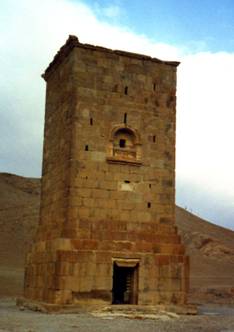 A Tower Tomb in Palmyra – pre-dates the Roman era, thus
A Tower Tomb in Palmyra – pre-dates the Roman era, thus
over 2000 years old.
Interior of the Palmyra Tower Tomb
In between the painted panels are shelves on which the coffins are placed, allowing many to be entombed in the Tower. Note how well the painting has been naturally preserved in what is now a wilderness tower over 2000 years old.
A shopkeeper told me, “Tourists appear not to know how much biblical history took place in Syria. They seldom include Syria on their travel route.”
I’m very glad the seminary tour group with whom I traveled knew to include Syria.
I salute these kind people and pray that peace will soon reign in Syria!
Children on streets of Aleppo
Photo lifted from: http://www.thelostbackpacker.com/







